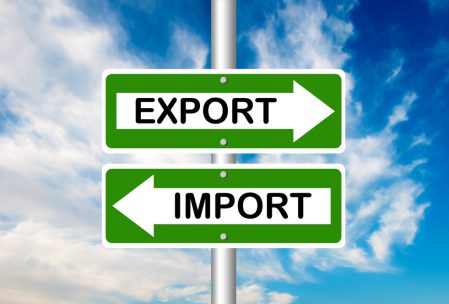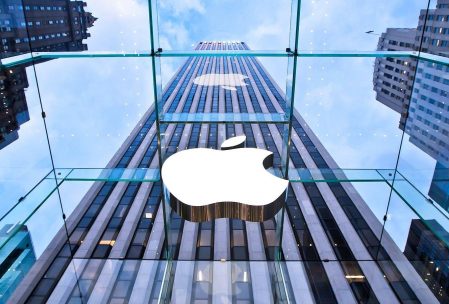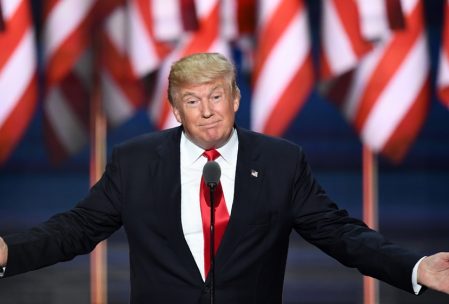An Unfair Accusation – Trump Misrepresents the Facts of China-U.S. Trade
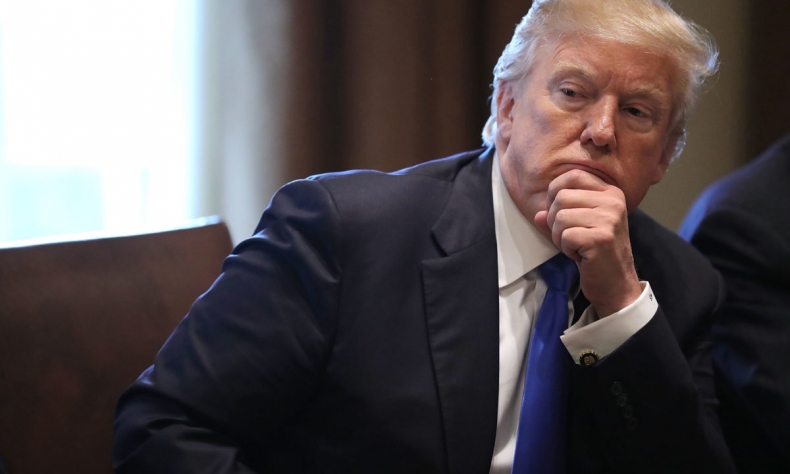
The trade imbalance between China and the United States is becoming a tool for Washington to pursue its “America First” objective. Is the trade imbalance really unfair to the United States? Is it fair to judge the trade relationship simply on the basis of surplus or deficit?
By Lan Xinzhen
The trade imbalance between China and the United States is becoming a tool for Washington to pursue its “America First” objective.
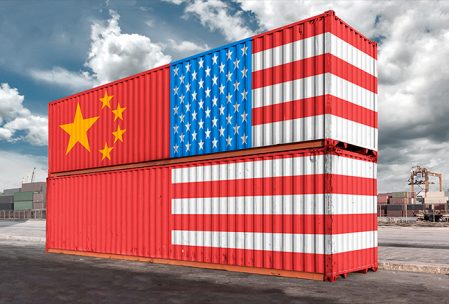 The announcement of tariffs is aimed at protecting American companies from cheap foreign imports. Trump is also due to decide on measures against steel and aluminum imports in the coming months.
The announcement of tariffs is aimed at protecting American companies from cheap foreign imports. Trump is also due to decide on measures against steel and aluminum imports in the coming months.
U.S. President Donald Trump has on several occasions threatened to impose steep tariffs on commodities from China and other countries because he sees the United States as “the victim of a global trade war.”
In January, the Trump administration imposed tariffs of up to 50 percent on imports of washing machines and solar panels, coming mostly from South Korea and China, respectively.
The latest data from China Customs show that China’s exports to the U.S. market reached 2.91 trillion yuan ($465.2 billion) in 2017, while imports from the United States amounted to 1.04 trillion yuan ($166.2 billion).
China’s trade surplus against the United States was 1.87 trillion yuan ($298.9 billion), up 13 percent from of 2016.
China’s 2017 trade surplus with the U.S. was $275.81 billion, China’ s customs data showed 11 Jan, 2018
But is the trade imbalance really unfair to the United States? Is it fair to judge the trade relationship simply on the basis of surplus or deficit?
China’s trade surplus is mostly the result of the structure of the international division of labor and U.S. trade policy.

Over the past decades, U.S. transnational companies have moved low-end industries and manufacturing abroad due to strict environmental requirements at home and low labor cost in China and other developing countries.
However, the United States has the largest number of hi-tech companies in the world. So it buys cheaper daily-use goods and low-tech products from China but for political reasons puts discriminatory restrictions on China’s import of hi-tech products.
The overall data show China has a surplus vis-a-vis the United States, but the United States maintains a dominant surplus in terms of machinery, aircraft and other hi-tech products.
Moreover, Washington would never admit that a considerable part of the profits derived from China’s exports to the U.S. actually go to U.S. companies in China.
Although China apparently has an enviable trade surplus in bilateral trade, the benefits are not enjoyed by Chinese enterprises alone.
In 2017, foreign-invested enterprises took as much as 59 percent of the earnings from China’s commodity trade surplus with the United States.
 The United States is the largest exporter of services.
The United States is the largest exporter of services.
Furthermore, Washington’s trade imbalance claims are unfair because its statistics do not include exports of services to China.
The United States is the largest exporter of services. In 2016, the U.S. trade surplus to China in terms of services was $38.1 billion.
In the era of globalization, the trade relationship between China and the United States has become increasingly interdependent. Cooperation can lead to mutually beneficial results, while trade wars will harm both sides.
The newly imposed U.S. tariffs on Chinese commodities, most of which are daily-use articles and home appliances, will cause a supply shortage and price hikes in the U.S. market. As a result, American consumers will have to pay the price.
Over the past four decades, China and the United States have become complementary in trade, which benefits the United States much more than politicians in Washington realize.
The United States saves less and spends more than China.
The import of affordable Chinese commodities promotes consumption in the U.S. market and the increasingly huge volume of U.S. government bonds that China holds helps the United States keep its balance of payments.
“Make America Great Again” is a campaign slogan used in American politics that was popularized by Donald Trump in his successful 2016 presidential campaign.
According to data from the U.S.-China Business Council, thanks to the import of Chinese commodities, their prices in the United States are reduced by 1 to 1.5 percent.
Washington’s accusation of trade imbalance, regardless of the facts of China-U.S. trade, is irresponsible.
If the Trump administration relies on more tariff hikes to “Make America Great Again” in a globalized world, it will not meet this goal.
Such acts cannot resolve trade imbalance, but can only incite retaliation and lead to trade wars.
China has always attached great importance to economic cooperation with the United States and in 2017, spared no efforts to advance bilateral economic cooperation.
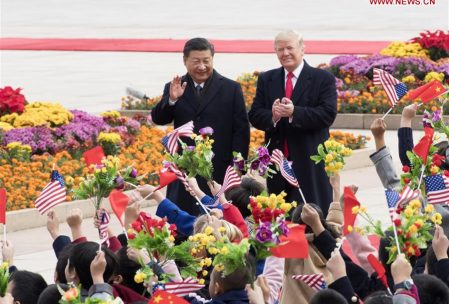
The two governments released the initial results of the 100-Day Action Plan of the China-U.S. Comprehensive Economic Dialogue last May.
They also reached trade deals worth $253.5 billion during Trump’s trip to China in November 2017.
The two sides should maintain dialogue and cooperation on trade in the future, as trade wars are never the right way to resolve problems.
Source: Beijing Review
Edited by Cai Hairuo
 Facebook
Facebook
 Twitter
Twitter
 Linkedin
Linkedin
 Google +
Google +
